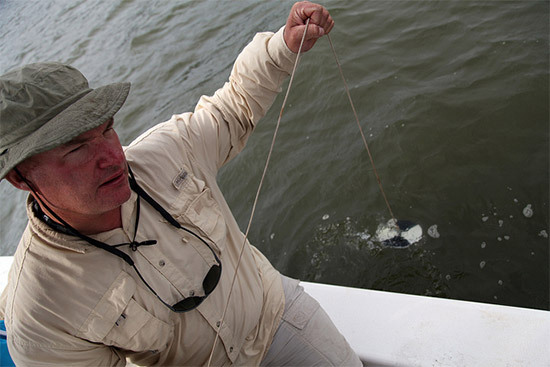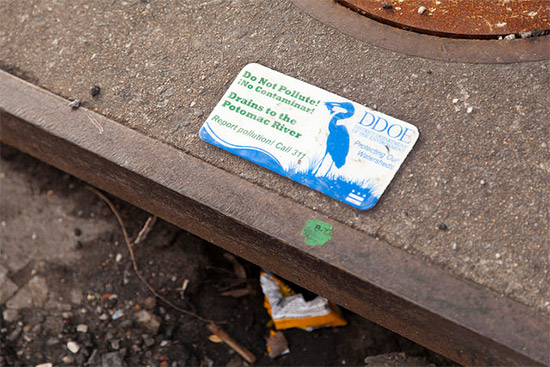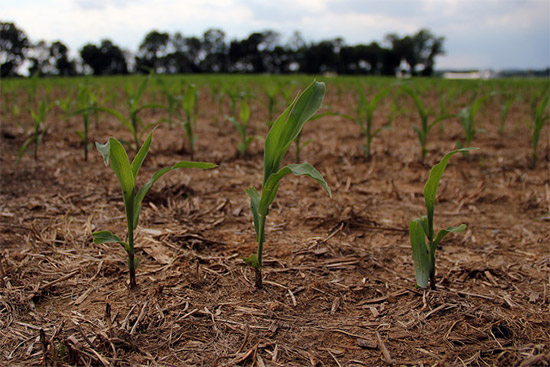Science shows restoration work can improve local water quality
Case studies show best management practices have lowered pollution in the Chesapeake Bay.
Pollution-reducing practices can improve water quality in the Chesapeake Bay and have already improved the health of local rivers and streams, according to new research from the Chesapeake Bay Program partnership.

In a report released today, several case studies from across the watershed show that so-called “best management practices”—including upgrading wastewater treatment technologies, lowering vehicle and power plant emissions, and reducing runoff from farmland—have lowered nutrients and sediment in local waterways. In other words, the environmental practices supported under the Clean Water Act, the Clean Air Act and the Farm Bill are working.
Excess nutrients and sediment have long impaired local water quality: nitrogen and phosphorous can fuel the growth of algae blooms and lead to low-oxygen “dead zones” that suffocate marine life, while sediment can block sunlight from reaching underwater grasses and suffocate shellfish. Best management practices used in backyards, in cities and on farms can lower the flow of these pollutants into waterways.

Data collected and analyzed by the Bay Program, the University of Maryland Center for Environmental Science (UMCES) and the U.S. Geological Survey (USGS) have traced a number of local improvements in air, land and water to best management practices: a drop in power plant emissions across the mid-Atlantic has led to improvements in nine Appalachian watersheds, upgrades to the District of Columbia's Blue Plains Wastewater Treatment Plant have lowered the discharge of nutrients into the Potomac River and planting cover crops on Eastern Shore farms has lowered the amount of nutrients leaching into the earth and reduced nitrate concentrations in groundwater.
“In New Insights, we find the scientific evidence to support what we’ve said before: we are rebuilding nature’s resilience back into the Chesapeake Bay ecosystem, and the watershed can and will recover when our communities support clean local waters,” said Bay Program Director Nick DiPasquale in a media release.

But scientists have also noted that while we have improved water quality, our progress can be overwhelmed by intensified agriculture and unsustainable development, and our patience can be tested by the “lag-times” that delay the full benefits of restoration work.
“This report shows that long-term efforts to reduce pollution are working, but we need to remain patient and diligent in making sure we are putting the right practices in place at the right locations in Chesapeake Bay watershed,” said UMCES President Donald Boesch in a media release. “Science has and will continue to play a critical role informing us about what is working and what still needs to be done.”
UMCES Vice President for Science Applications Bill Dennison echoed Boesch’s support for patience and persistence, but added a third P to the list: perspiration. “We’ve got to do more to maintain the health of this magnificent Chesapeake Bay,” he said.
“We’ve learned that we can fix the Bay,” Dennison continued. “We can see this progress… and it’s not going to be hopeless. In fact, it’s quite hopeful. This report makes a good case for optimism about the Chesapeake Bay.”
You can view an Executive Summary of the report here. Learn more.

Comments
There are no comments.
Thank you!
Your comment has been received. Before it can be published, the comment will be reviewed by our team to ensure it adheres with our rules of engagement.
Back to recent stories